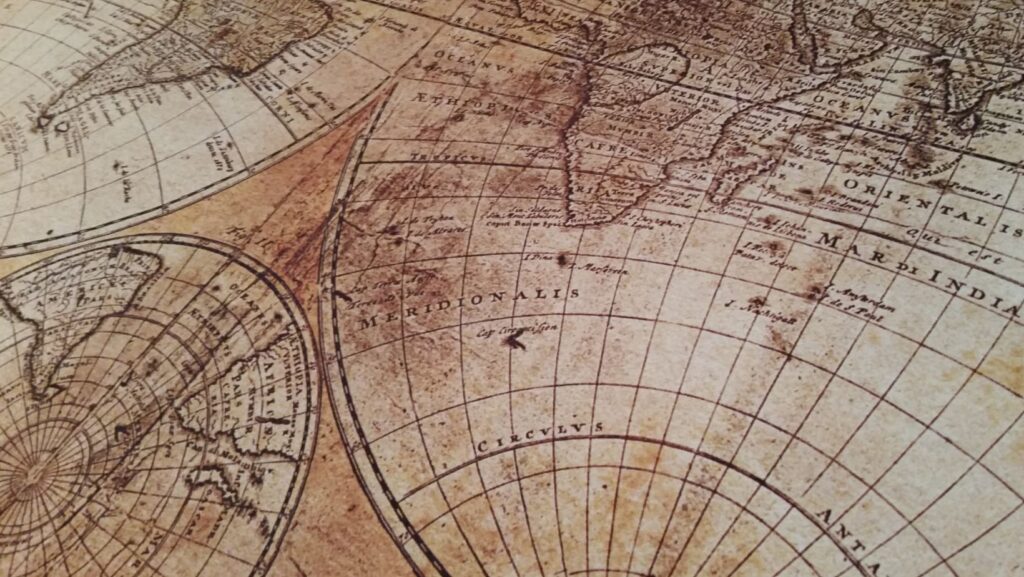The concept of the ’25 Wonders of the World’ emerged from a desire to catalogue the planet’s most breathtaking sights. These invited admiration from explorers, historians, and nature enthusiasts around the globe. The ’25 Wonders’, a mixed bag of natural marvels and human ingenuity, are living proofs of the Earth’s magnificence and human audacity to defy norms, push boundaries, and make a lasting mark on the planet.
In antiquity, the Greeks set the ball rolling by compiling ‘The Seven Wonders of the Ancient World.’ But, as explorations widened horizons and advanced technology facilitated discoveries and new insights, the list grew.
25 Wonders of the World

Awe-inspiring, breathtaking, these descriptors aptly suit the “25 Wonders of the World”. One might gaze at the towering stature of Chichen Itza in Mexico, marvel at the perfectly symmetrical Taj Mahal in India, or stand in awe at the natural grandeur of the Grand Canyon in the United States.
In Africa, you’ll encounter the impressive Pyramids of Egypt, while Peru showcases the mysterious Incan citadel, Machu Picchu. Iceland’s harmonic aurora, the Northern Lights, dances across the night sky, contrasting with Australia’s vivid underwater palette in the Great Barrier Reef.
The list doesn’t end with these stunners. You’ve also got France’s Eiffel Tower, Italy’s Colosseum, and China’s revered Great Wall. Further, embarked on this list is Antarctica’s arresting South Pole, South America’s dominating Angel Falls, and the enchanting fjords in Norway.
Each wonder, either born from nature’s womb or structured by the hands of humanity, offers a unique spectacle and is a testament to the earth’s splendor and mankind’s genius. Take the time to visit these 25 wonders; each inspires wonder, instigates exploration, and invokes an unrestrained appreciation for our shared heritage.
The Cultural Significance of Each Wonder

This article moves beyond description, delving into the cultural relevance of each wonder. Chichen Itza, for instance, symbolizes Maya civilization’s ingenuity and their astronomical prowess. In comparison, Taj Mahal epitomizes a Mughal emperor’s timeless love, reflecting Indian history and architectural brilliance. The Grand Canyon, a natural wonder, imparts lessons on geological history and ecosystem diversity. Similarly, the Pyramids signify ancient Egyptians’ sophistication, their understanding of mathematics, and belief in afterlife. Machu Picchu stands as a tribute to Incan civilization and their mastery over stone architecture.
The Northern Lights, a ballet of lights on Iceland’s canvas sky, have fostered indigenous folklore around celestial beings. The Great Barrier Reef, teeming with marine life, underlines the importance of biodiversity conservation. Structures like Eiffel Tower, Colosseum, Great Wall, each illustrate their respective cultures’ technological advancements and historical events. Geographical wonders, including Antarctica’s South Pole, Angel Falls, and Norway’s fjords reinforce nature’s awe-inspiring powers. The cultural implications of these wonders showcase humanity’s ingenuity and testify to Earth’s natural grandeur.
The Impact of Tourism on the Wonders

Tourism’s impact on these 25 wonders can’t be overstated. It’s through the eyes and experiences of travelers that these marvels gain recognition and respect globally. They’re not just breathtaking sights but also windows into various cultures and histories. Each visit, each photo shared, and each tale told contributes to their enduring allure.
Yet, it’s crucial to remember that these wonders need protection. The influx of tourists can pose threats to their preservation. So, when you’re exploring these sites, remember to tread lightly. Respect local customs and rules. Consider sustainable travel practices to ensure these wonders continue to inspire future generations.
In essence, the 25 wonders of the world offer more than just awe-inspiring views. They’re symbols of our planet’s beauty and human achievement. They invite us to learn, explore, and marvel, all while reminding us of our role in their preservation.

